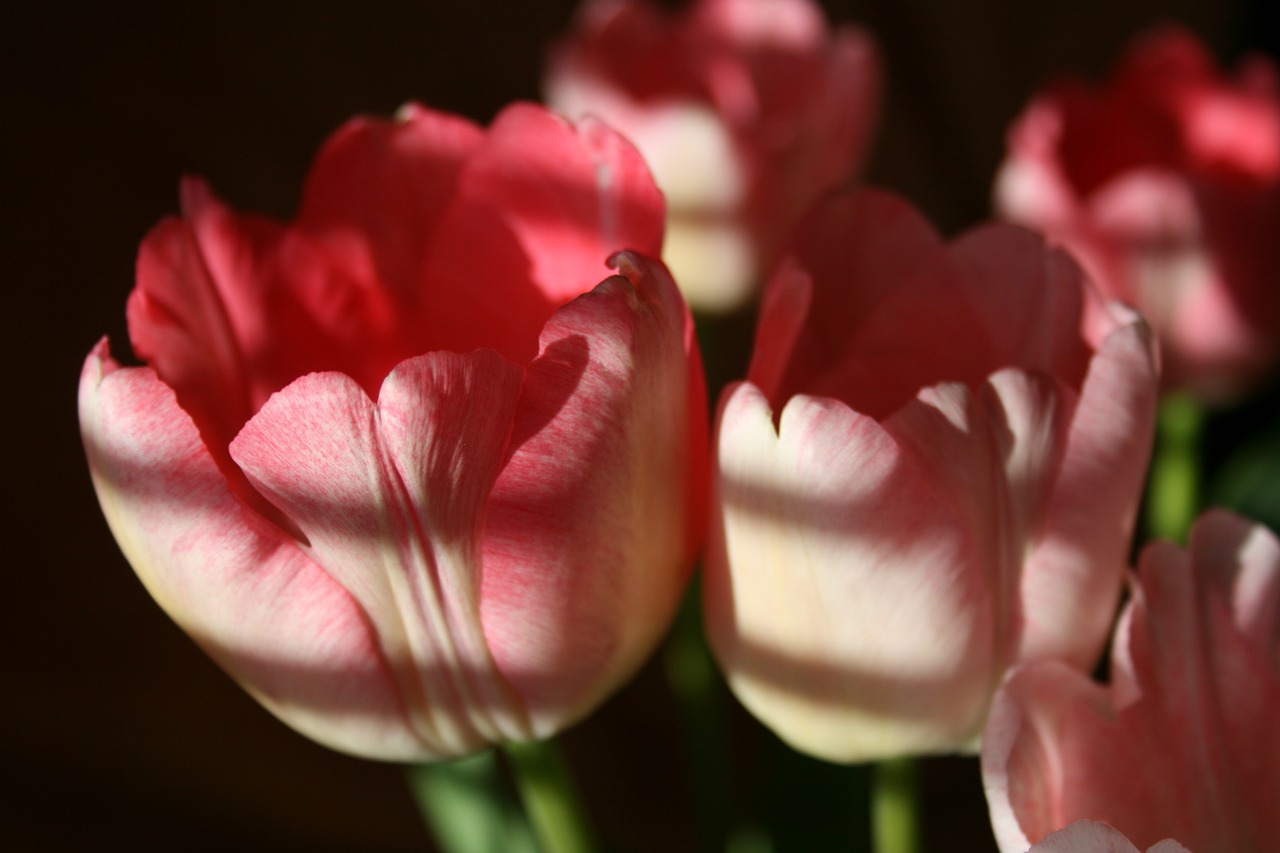Understanding Eir: The Goddess of Healing
Eir, a name that translates to “Help” or “Mercy,” stands out as a revered figure in Norse mythology. She is recognized as one of Frigg’s handmaidens and also claimed as a Valkyrie under Óðin’s command. She appears in significant texts such as the Prose Edda, the Poetic Edda, and Svipdagsmal, and is further acknowledged in skaldic poetry and runic inscriptions. Eir is primarily known as a goddess who oversees childbirth.
Distinctively recognized as a Valkyrie, Eir would join her battle companions in selecting the fallen. While her counterparts determined who perished, Eir assiduously chose those who would survive, facilitating their recovery and restoration. Often considered a chooser of life and death, she is occasionally linked to the Norns. Although not explicitly listed among the Asunjar by Snorri, Eir is acknowledged as one of the most significant goddesses in the mythology.
Eir’s name has evolved to serve as a kenning for “woman” and “women,” which reflects the historical significance of women in the realm of healing during proto-Heathen societies. Folk traditions emphasize that Eir was called upon in healing rituals involving a white flower identified as Eirflower, while copper, symbolic in healing practices, is also associated with her.
In the Poetic Edda, Eir is portrayed as being close to a gentle jötunn named Menglöð. They are often invoked together for healing purposes, and it is suggested that Menglöð could either represent an aspect of Frigg or Eir or be an independent goddess of healing. Eir is connected to a blessed hill called Lyfjaberg, where she congregates with other healing entities. This hill might serve as her dwelling, possibly alongside the Alfar or within a realm of Ásgard. Legends speak of her attending to a compassionate jötnar associated with healing, perhaps once again referring to Menglöð.
In some tales, Eir serves as the guardian of Menglöð’s castle, positioned on the mountain Lyfjaberg. Other maidens, possibly wights or Valkyries, are named Hlif, Hlifthursa, Thiodvarta, Biort, Blid, Blidr, Frid, and Orboda. Folklore indicates that each year, blóts were held for these maidens atop Lyfjaberg to safeguard the community from illnesses and malaise throughout the coming year.
Skaldic poetry often depicts Eir in companionship with another maid of Frigg, named Vár, who presides over wedding vows and social contracts beneficial to women and families.
Reflections on Eir
Eir is implied to be among the Asujnur, the notable goddesses of the Æsir. Her role as a servant to both Frigg and Óðin, combined with her influence over healing, places her in a position of reverence among contemporary Heathens. While various deities may be called upon for assistance in healing, Eir stands out as the primary healer within Northern traditions.
Historically, prior to the emergence of male-dominated medical institutions in Europe, the practice of healing and community healthcare in Norse and Germanic cultures predominantly fell to women. Though male healers are documented in the Sagas, during the pagan era, the role of healer was characterized as women’s work, with men usually fulfilling roles as assistants or caretakers.
Proto-Heathen healing practices included a diverse range of methods such as prayers, magical rituals, midwifery practices, surgical interventions, herbal treatments, home remedies, the use of copper bracelets for healing, and detoxifying therapies involving saunas. Eir is often likened to the Greek goddess Hygieia and may also share links with Erecura, a goddess known in Indo-European and Celtic traditions.
Emblems and Representation
Common symbols linked with Eir include mortars and pestles, staples of healing, and bandages. Additional representations encompass saunas, healing herbs, folk medicine, the metal copper, as well as the color red, and the imagery of hilltops.
Alternative Names
Eir is also known by several alternative names, including Iaer, Aer, Eira, Eria, Eyra, and Eil.



